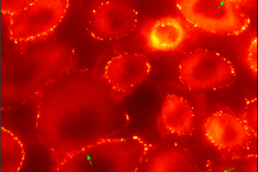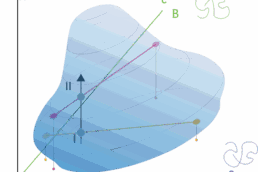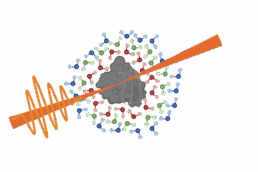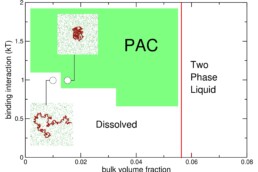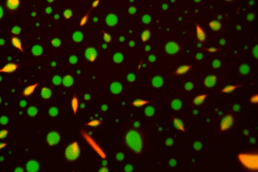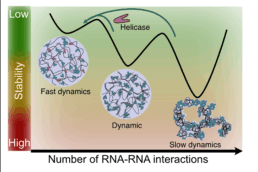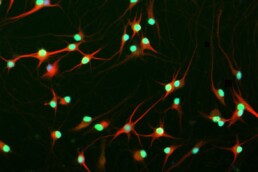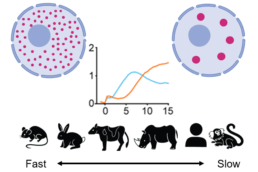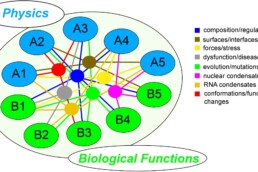Role of condensates in epigenetics (experiments and theory) (B5)
Objective
The goal of of B5 is to understand the physical mechanism behind the maintenance of the epigenetic state of chromatin through multiple cell generations. This is achieved by combining experiments and the-ory to study a well-defined setup which includes chromatin stretching, polymer-assisted conden-sation and enzymatic reactions.
Project Description
During the duplication of chromosomes, epigenetic information which resided in posttranslational modifications on histone proteins is equally distributed between the two daughter chromosomes. We proposed recently that the missing epigenetic tags can be reconstructed with the help of condensates that are formed from proteins such as HP1. Polymer-assisted conden-sates are formed around stretches of heterochromatin and serve as liquid reaction containers where enzymes (such as SUV39H1 methylase) add missing tags. The Schiessel group has used their expertise in computer simulations on small model chromosomes to demonstrate that polymer-assisted condensates are capable of maintaining the epigenetic state through 40 generations, thus reaching the Hayflick limit. The Brugués group uses their expertise in single molecule approaches and cell free extracts to test these ideas by using optical tweezers where a full chromosome and single DNA strands can be held in place and stretched in the cytoplasm from Xenopus egg extracts, a system in which replication can be induced. We will quantify the dynamics of the epigenetic state and test whether it can be maintained in the presence of HP1 and SUV39H1 through multiple cell generations. Simulations and theory will study how increasing tension breaks up HP1 droplets, transforming chromosomes into strings of micelles.

Research questions
- Can we visualize experimentally HP1 condensates forming along stretched chromosomes?
- What happens to the number and sizes of HP1 droplets as one increases the tension and how does it depend on the epigenetic sequence written along the string of nucleosomes?
- Can we demonstrate that condensate formation is maintained through several duplications in the presence of enzymatic reactions but suppressed otherwise? Does the disruption of an epigenetic condensate (for example by force) lead to the loss of epigenetic memory?
Thesis Project Topic
- Topic 1 (Schiessel): Geometry and function of co-polymer-assisted micelles (Theory)
- Topic 2 (Brugués): The role of mechanics in epigenetic inheritance (Experimental)
Training
The PhD students in the theory part of the project will be trained in mathematical-analytical methods, various simulation methods and numerical concepts. The PhD students in the experimental part will be trained in quantitative microscopy, optical tweezers, condensate quantification and manipulation, DNA biophysics.
Profile of Prospective Students
- Candidates have a Masters degree in physics or related fields.
- Candidates should have a sound basis in biophysics, computational biology, or closely related fields.
- Experience in computer simulations is expected in Topic 1.
- Experience with in vitro reconstitution systems is a plus in Topic 2.

Supervisors: Helmut Schiessel (left) and Jan Brugués (right)
Theoretical Physics of Living Matter (Schiessel)
Disciplines: Biological Physics & Quantitative Biology
Affiliation: Physics of Life (TU Dresden)
Contact: helmut.schiessel (at) tu-dresden (dot) de
Spatiotemporal Organization of Subcellular Structures (Brugués)
Disciplines: Molecular, Cell & Developmental Biology / Biological Physics & Quantitative Biology
Affiliation: Physics of Life (TU Dresden) | CSBD
Contact: jan.brugues (at) tu-dresden (dot) de
Explore other RTG Thesis Projects
Collaborations within the RTG
Click on the different project numbers (e.g. A1) to find out more about the theme of their ongoing collaborations and explore the project details
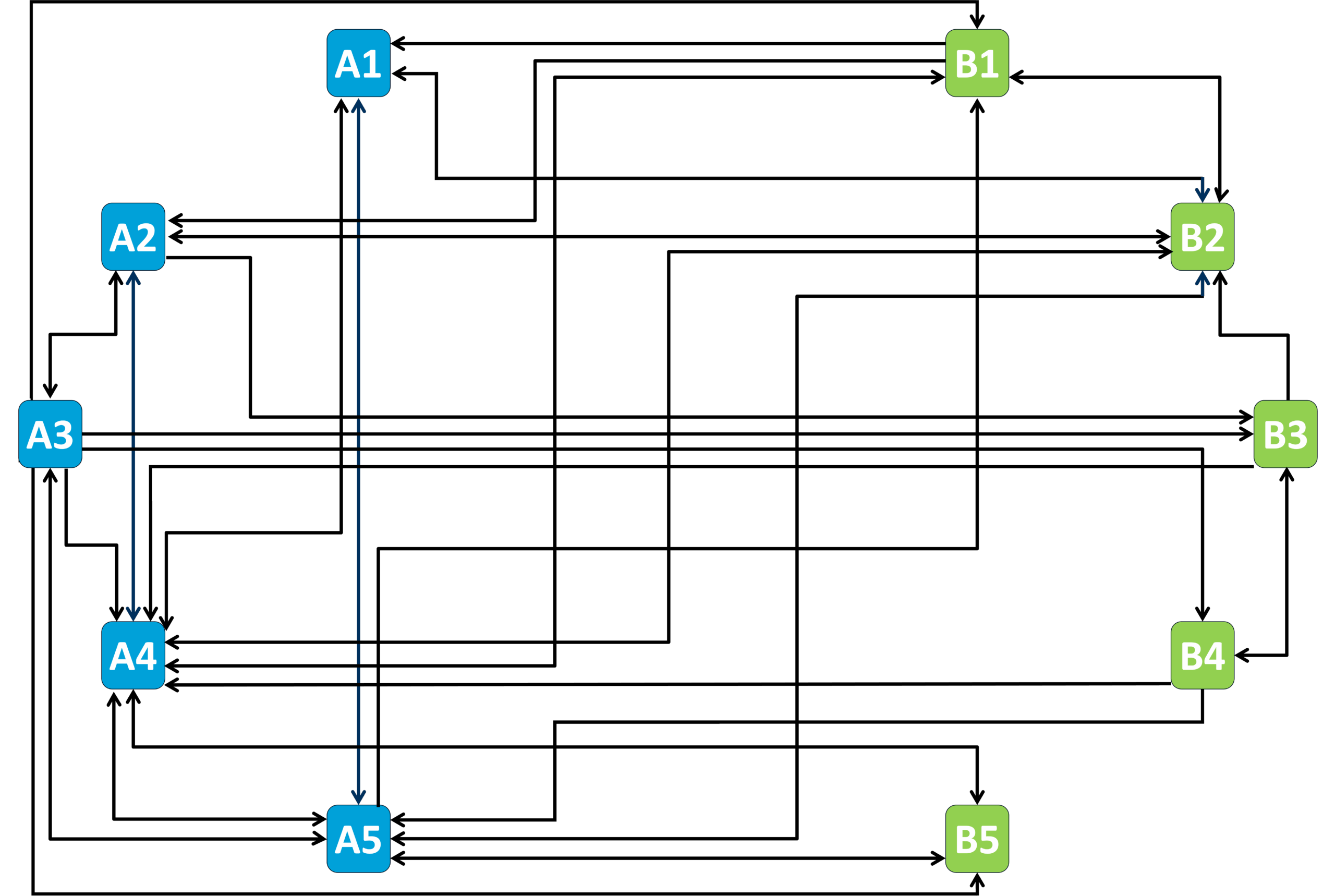
A2 - Biomolecular condensate regulation (Harmon)
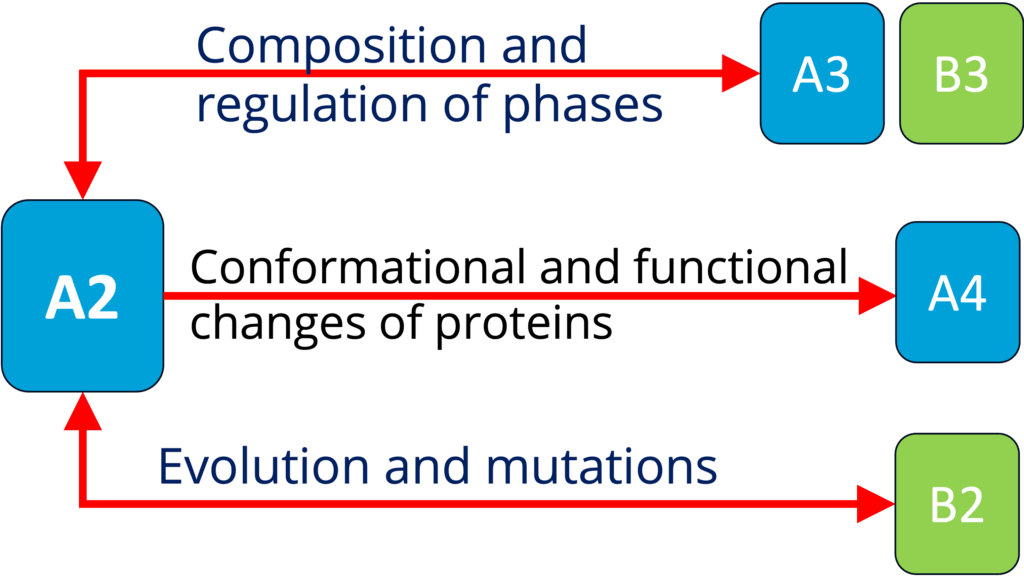
See project details: https://dresdencondensates.org/projects/a2/
A4 - Theory and simulation of polymer-assisted condensates (Sommer)
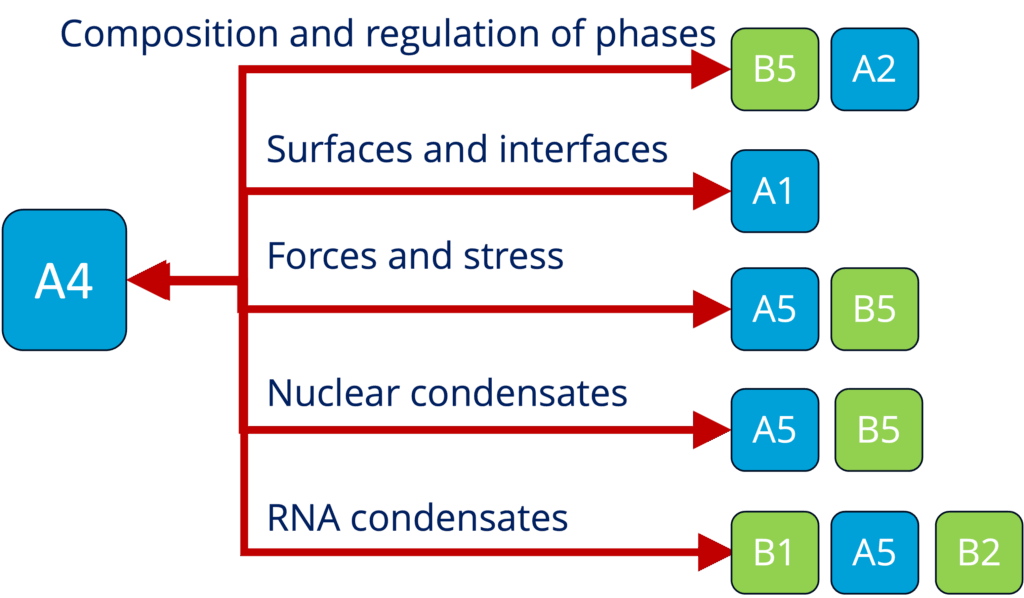
See project details: https://dresdencondensates.org/projects/a4/
B2 - Characterizing the role of RNP granules in ALS (Sterneckert)
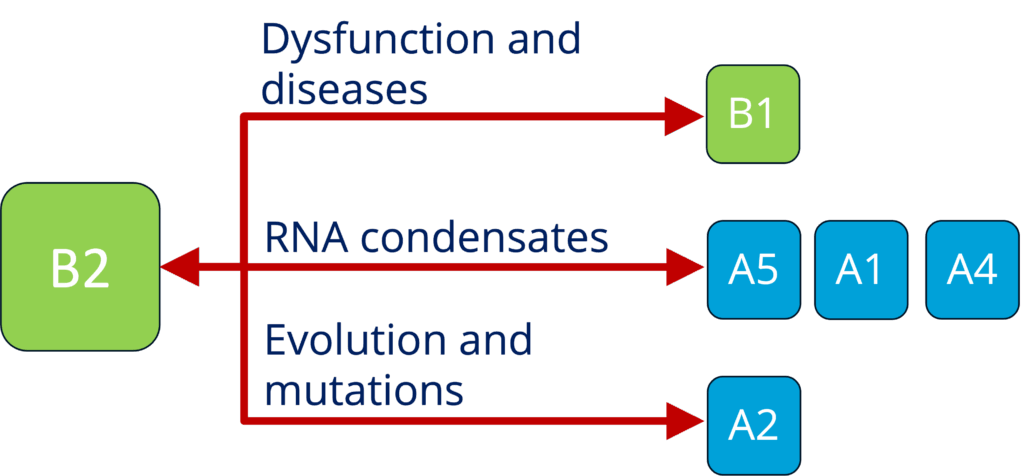
See project details: https://dresdencondensates.org/projects/b2/
A1 - Role of surface condensation for the assembly of cortical proteins (Honigmann)
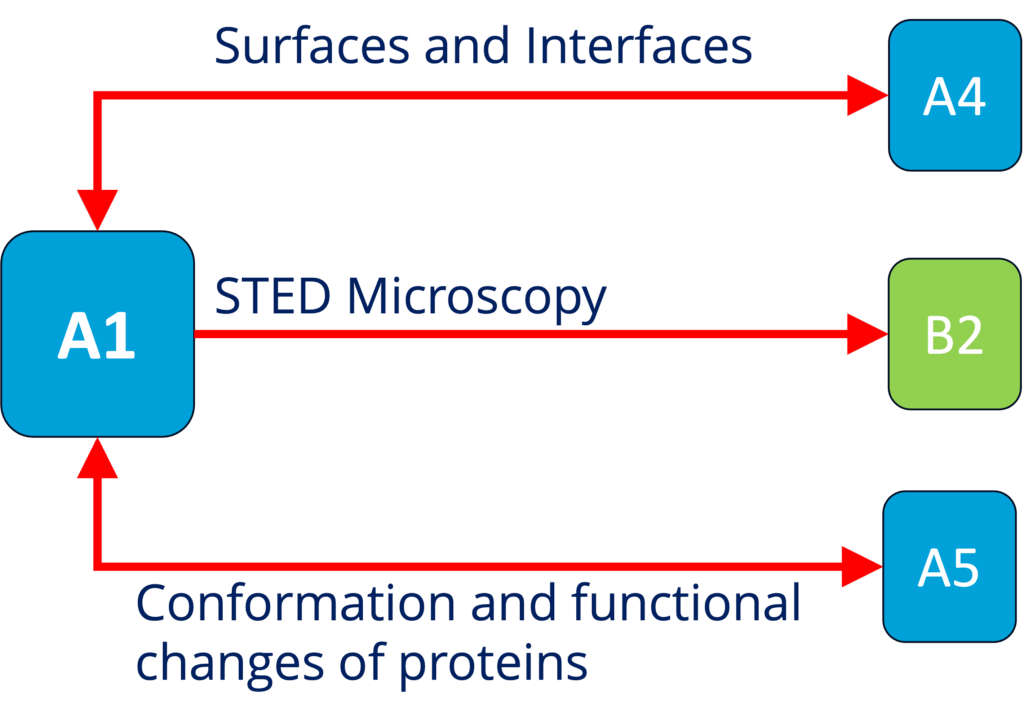
See project details: https://dresdencondensates.org/projects/a1/
A3 - Spectroscopy and local interactions in condensates and organization of the cytoplasm (Adams)
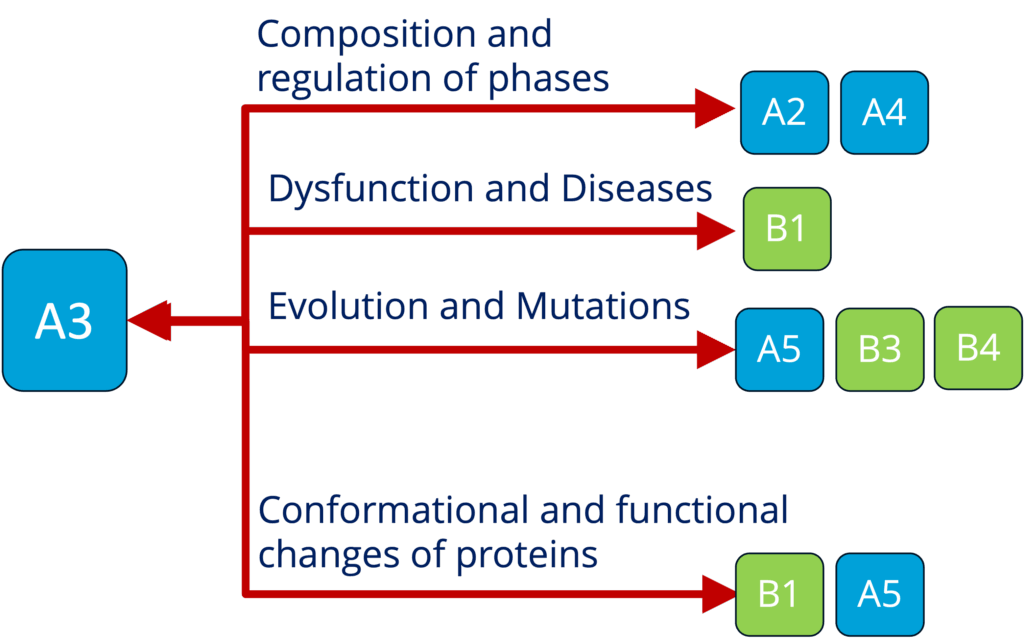
See project details: https://dresdencondensates.org/projects/a3/
A5 - Capillary forces and the force response of condensates (Jahnel and Grill)
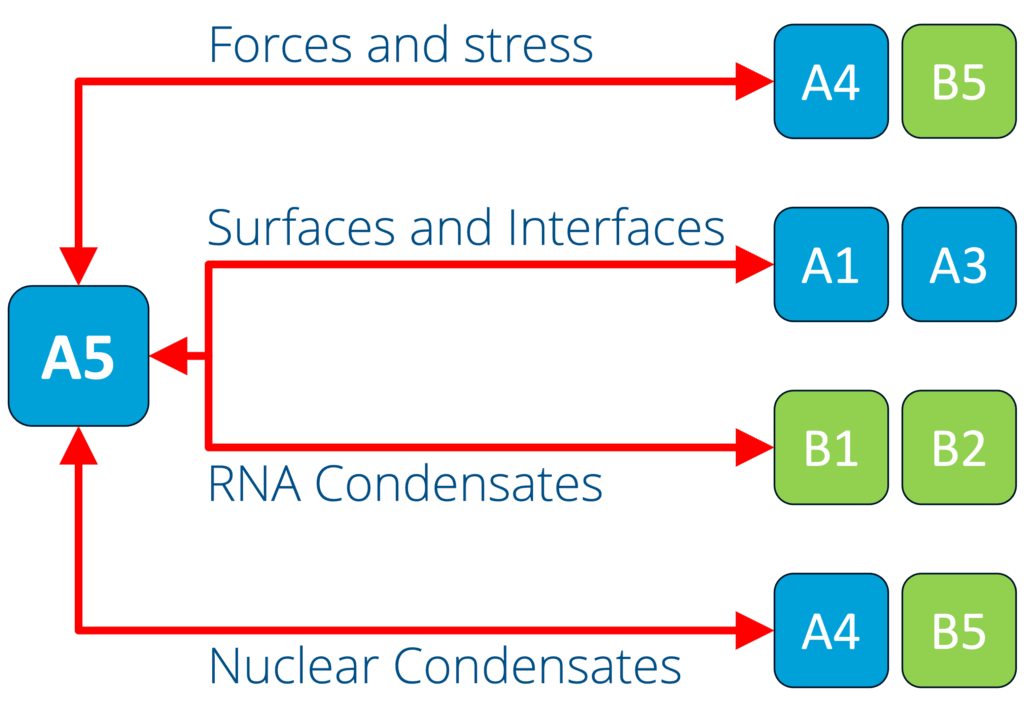
See project details: https://dresdencondensates.org/projects/a5/
B1 - Elucidating the mechanisms underlying mRNA translation regulation by condensation (biophysics and biochemistry) (Alberti and Schlierf)
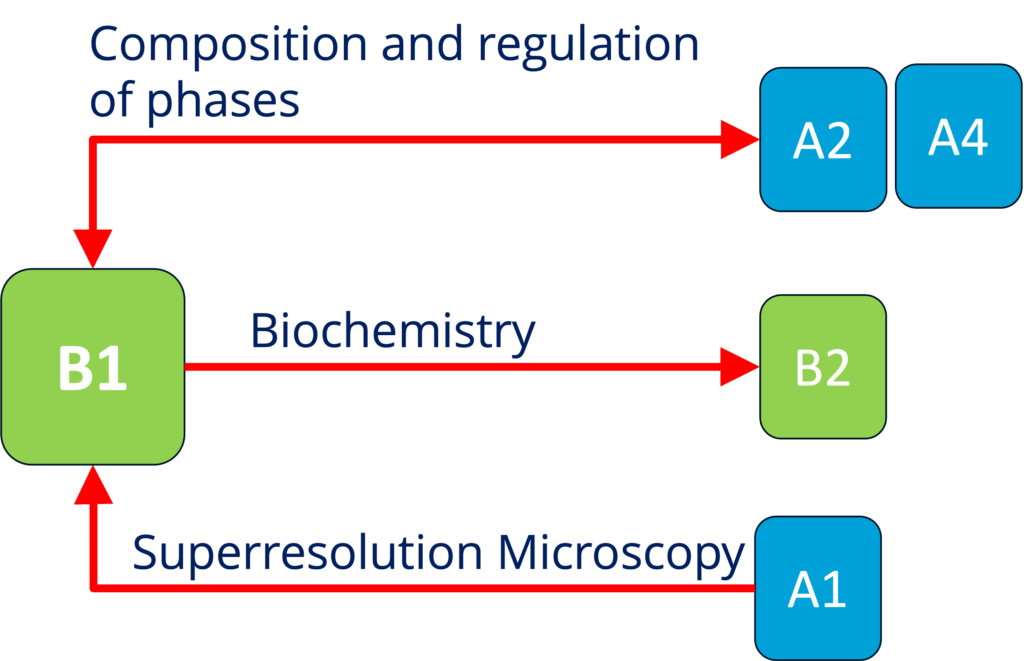
See project details: https://dresdencondensates.org/projects/b1/
B3 - Sequence to function mapping of condensate proteomes (Toth-Petroczy)
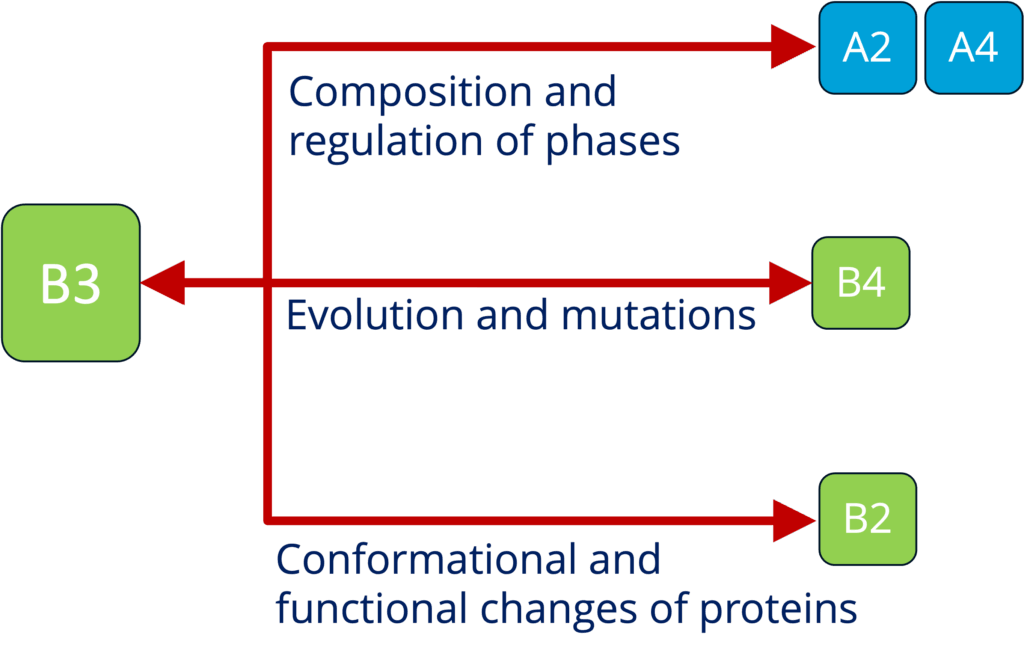
See project details: https://dresdencondensates.org/projects/b3/
B4 - Role of condensates in biological time across mammals (Ebisuya and Hyman)
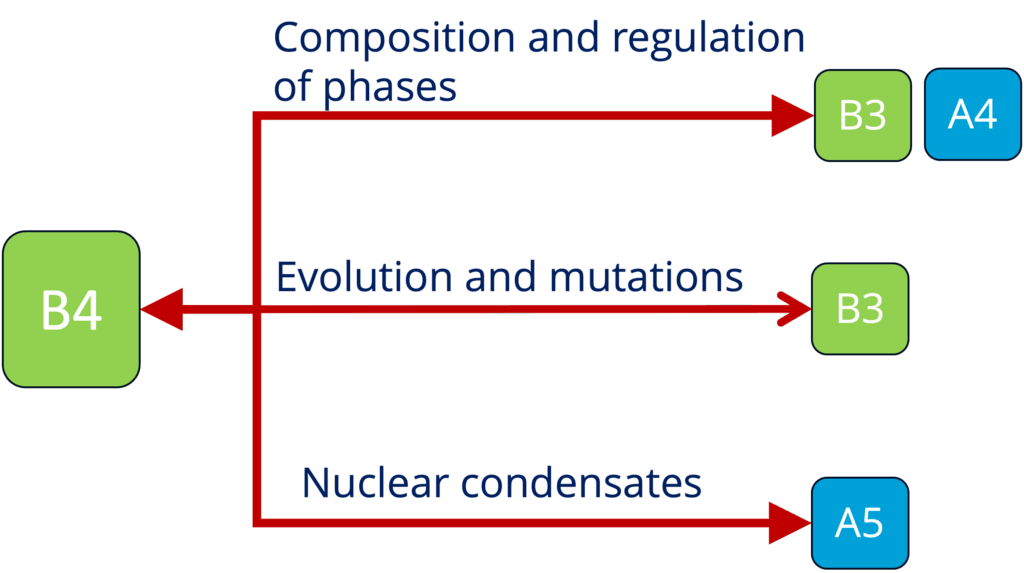
See project details: https://dresdencondensates.org/projects/b4/
B5 - Role of condensates in epigenetics (experiments and theory) (Brugués and Schiessel)
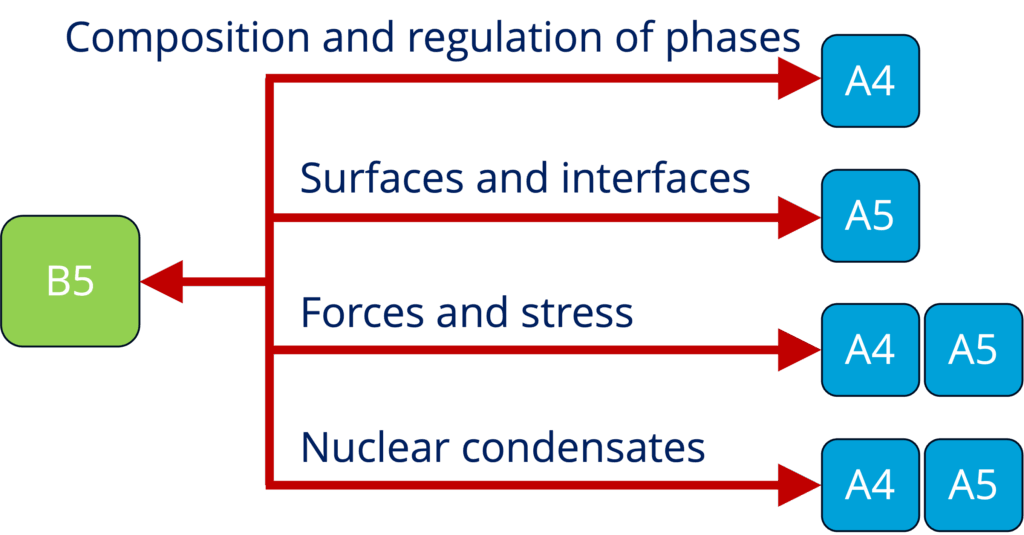
See Project Details: https://dresdencondensates.org/projects/b5/

